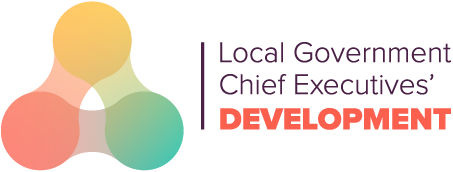- Basic training in financial management – revenue, capital and investment / treasury
- Knowledge of investment, treasury management and key debt ratios
- Policy and project appraisal – - Green Book, investment appraisal (Orange Book), partnering with private sector suppliers (Outsourcing Playbook) embedding social value when commissioning (Social Value Act)
- Sustainability, carbon reduction and policies designed for wellbeing of current and future generations
- Outline of pension fund value, contributors, beneficiaries, actuarial judgements and overall strategy
- Personal knowledge of key budget management staff in service directorates and corporately
|
- Work closely with chief finance officer (CFO), deputy CFO and corporate staff on budget reviews and the annual budgeting process
- Review overall budgeting approach with leader / mayor, deputy leader and CFO as well as with audit committee and lead scrutiny committee members
- Review the cost-effectiveness of service areas in comparison to like authorities, using benchmarking and external advisers where appropriate
- Develop internal control systems for risk mitigation to the council’s finances, assets and services and ownership / involvement with companies
- Appraise community and residents’ perspectives on the council’s use of resources and assets
|
- Appraise the perspectives and motivations of different stakeholders to the council’s budget and its use of resources and assets
- Develop healthy scepticism (never cynicism) about the reported efficacy of existing and new services and investments – always enquire of evidence as to what works best?
- Learn how to differentiate between public goods claims (this service is for everyone) and the likely utility of the good to the variety of communities locally
- Help staff differentiate between near-term outcomes and intended longer term impact
- Develop a degree of expertise in equality impact assessments
|





